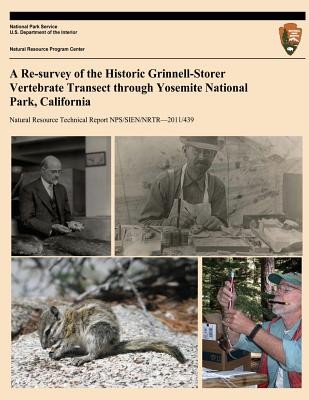
- We will send in 10–14 business days.
- Author: James L Patton
- Publisher: CreateSpace Independent Publishing Platform
- ISBN-10: 1494423049
- ISBN-13: 9781494423049
- Format: 21.6 x 28 x 0.8 cm, softcover
- Language: English
- SAVE -10% with code: EXTRA
A Re-survey of the Historic Grinnell-Storer Vertebrate Transect through Yosemite National Park, California (e-book) (used book) | bookbook.eu
Reviews
Description
This document details the objectives of this inventory which were as follows: 1) Intensively sample the original Grinnell-Storer transect sites in Yosemite National Park to document presence/absence and distribution for primarily non-volant small mammals, amphibians, and reptiles; 2) To the extent possible, replicate Grinnell-Storer bird surveys at these same sites; 3) Determine the current status of species that, based on the limited prior records, were either considered rare or of unknown status; and 4) Compare the Grinnell-era and modern data to document changes in distribution.
EXTRA 10 % discount with code: EXTRA
The promotion ends in 18d.13:25:08
The discount code is valid when purchasing from 10 €. Discounts do not stack.
- Author: James L Patton
- Publisher: CreateSpace Independent Publishing Platform
- ISBN-10: 1494423049
- ISBN-13: 9781494423049
- Format: 21.6 x 28 x 0.8 cm, softcover
- Language: English English
This document details the objectives of this inventory which were as follows: 1) Intensively sample the original Grinnell-Storer transect sites in Yosemite National Park to document presence/absence and distribution for primarily non-volant small mammals, amphibians, and reptiles; 2) To the extent possible, replicate Grinnell-Storer bird surveys at these same sites; 3) Determine the current status of species that, based on the limited prior records, were either considered rare or of unknown status; and 4) Compare the Grinnell-era and modern data to document changes in distribution.


Reviews